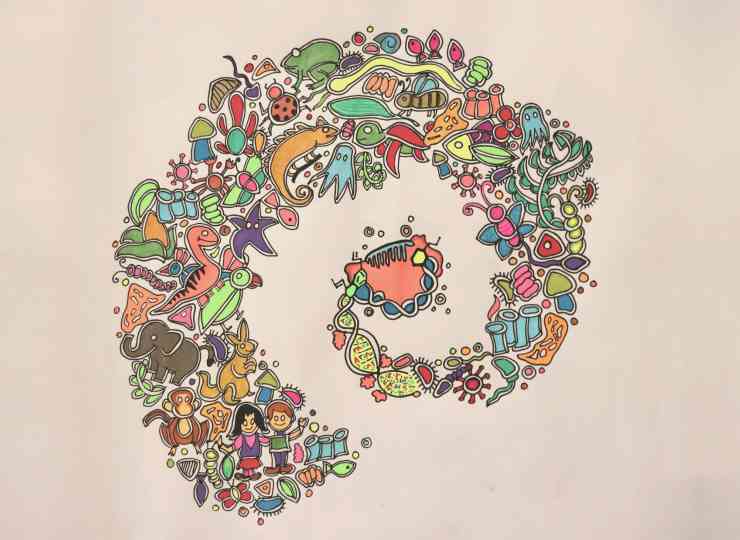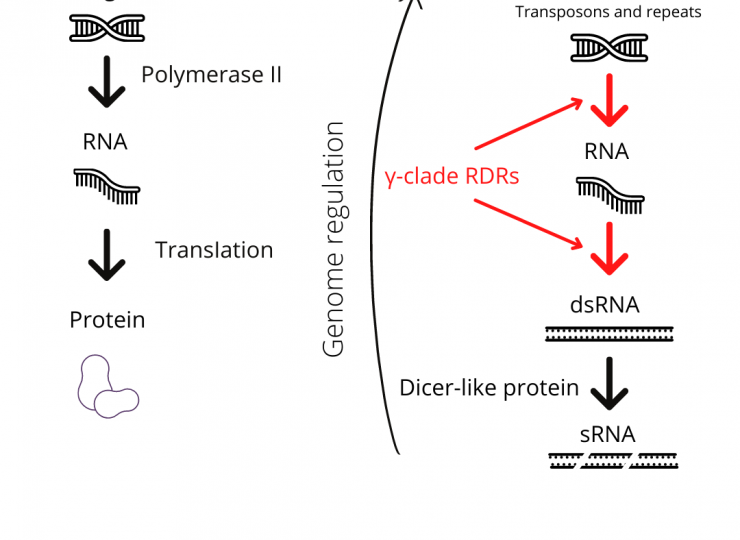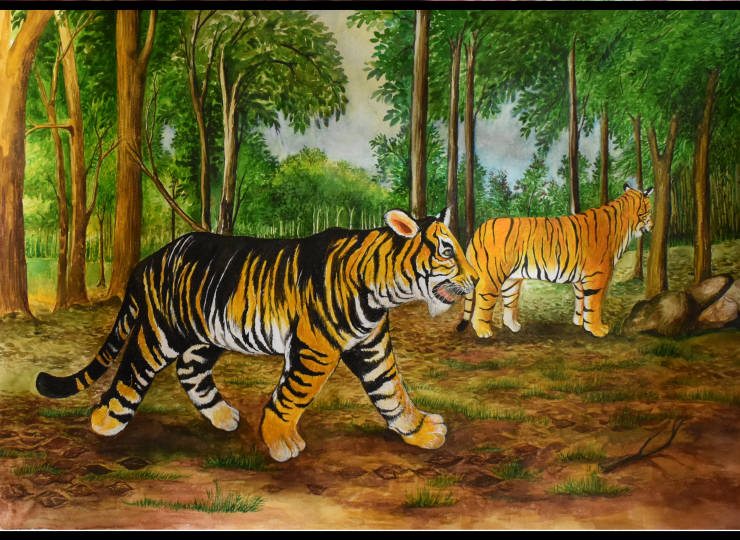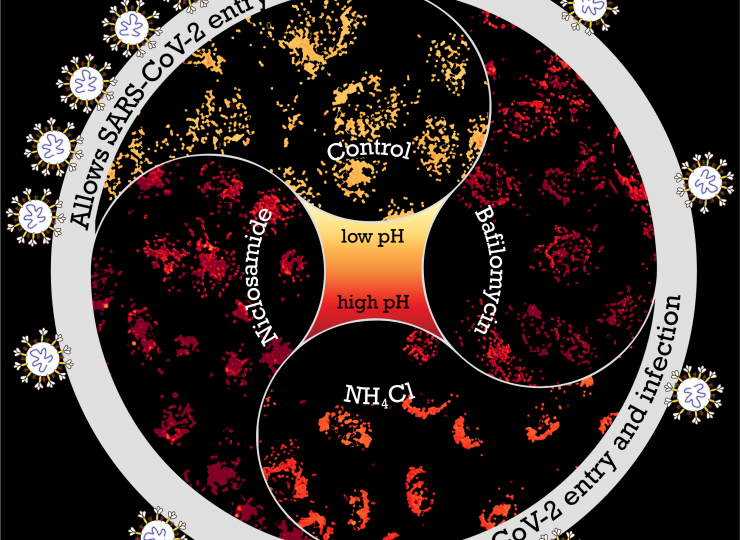If you have spent some time by the pond near the main canteen on campus, you might have noticed tiny damselflies zipping along by the edge of the pond. Because they are so small, you have to look closely to see their beautiful, vivid reds and blues. What do these colours mean? Do they signal something, and to whom? As humans, we signal a lot with the colour of our clothes, and have the luxury of changing them at will. For most animals, colour is not really a behavioural choice, but reflects myriad selection pressures in their evolutionary history. For example, leaf insects use camouflage to avoid predation, and a displaying male peacock uses its dazzling colours to get females’ attention. Similarly, some Odonates (dragonflies and damselflies) use their drab colours to hide among rocks and buildings, while others have flashy colours. Not surprisingly, Odonates also have highly developed visual perception, which they use to find prey and to woo potential mates.
Many animal species show a lot of variation in colour. Sometimes such variation can reflect sexual dimorphism, where males and females have different colours and patterns; this phenomenon is common in many Odonates. In other cases, different colour forms occur in the same sex (polymorphism). Over a 100 species of Odonates exhibit female-limited polymorphism, where females often have two forms: a male-like ‘andromorph’, and a differently coloured ‘heteromorph’. One such species – found at our campus pond – is the Pygmy Dartlet (Agriocnemis pygmaea), one of the smallest damselflies in the world (~17mm long). It is common throughout India, and is widely distributed across Asia. Females of this species show colour variation ranging from blue (similar to males) to red. But no one knew whether this colour variation reflects allelic (genetically encoded) forms, or age-related (‘ontogenic’) change.
Shantanu Joshi, an undergraduate intern in Deepa Agashe’s lab, wanted to figure out this conundrum. Already an expert on Indian Odonates, he decided to study colour variation in the Pygmy Dartlet for his short-term project. First, he conducted a mark-recapture study at the pond. He captured and marked male and female damselflies every day, and noted their sex, color, and identification number. When he caught a previously marked individual, he noted its colour and checked whether it had changed. Data from this study clearly showed that female color changes from red to blue over time. So, the color variation was ontogenic, and not allelic.
Field observations and dissections both suggested that heteromorphs (red females) are also sexually immature. They had very few and underdeveloped eggs, and males rarely mated with them by the pond. Mate-choice experiments in cages confirmed that males prefer to mate with more mature andromorph (blue) females over heteromorphs (red females). Joshi also measured the colour (reflectance spectra) of field-caught females and males, finding that although males are indistinguishable from andromorphs, they could be easily differentiated from heteromorphs by the damselflies’ visual system.
Hence, Joshi and Agashe concluded that female colour variation in the Pygmy Dartlet is ontogenic, and probably indicates sexual maturity to males. Young females of this species are red, and are not perceived by males as potential mates. As they mature and develop eggs, females’ colour changes to blue, and males begin courting them. The study – conducted over just a few months of intense field observations and laboratory experiments at the campus pond – serves as a good model for future work to understand the widespread color variation in damselflies and dragonflies.
Read the paper here: https://onlinelibrary.wiley.com/doi/abs/10.1111/een.12879
Image credits: Shantanu Joshi













